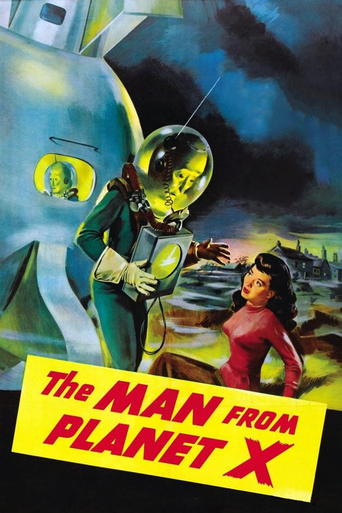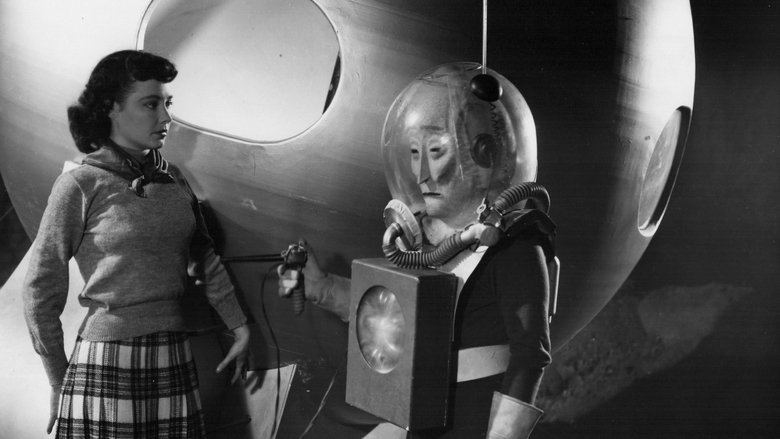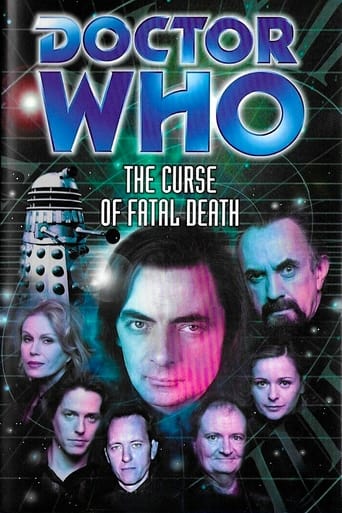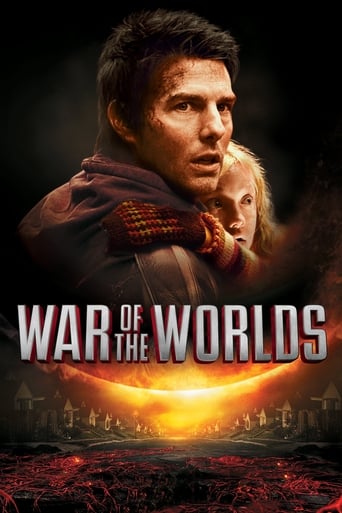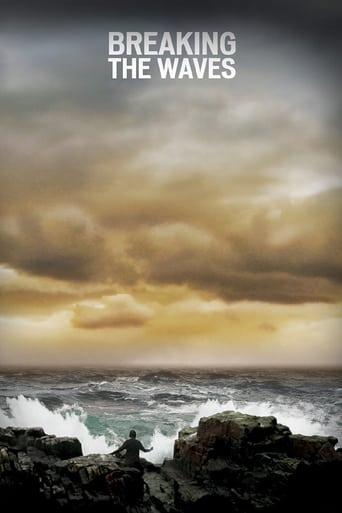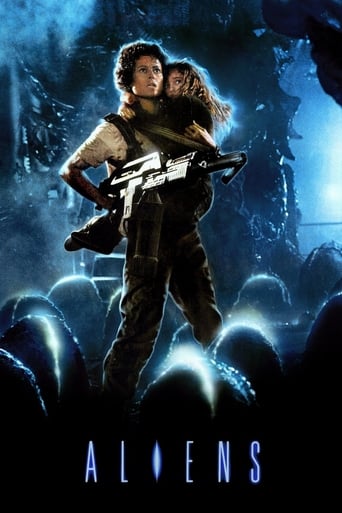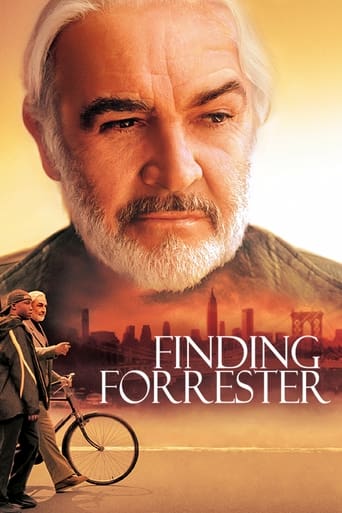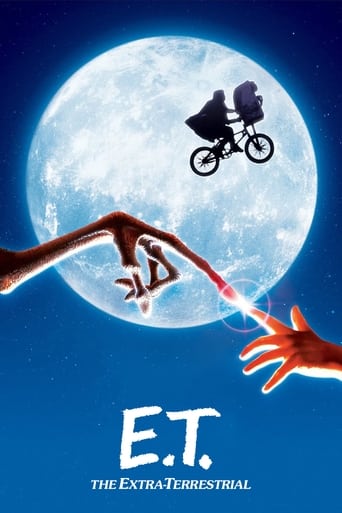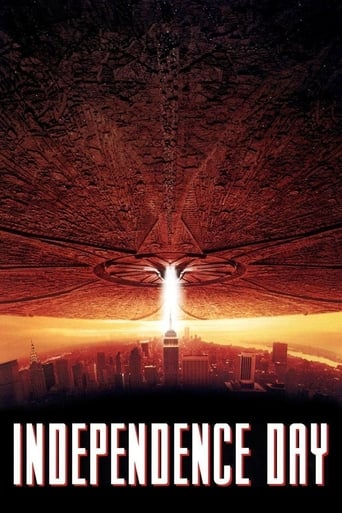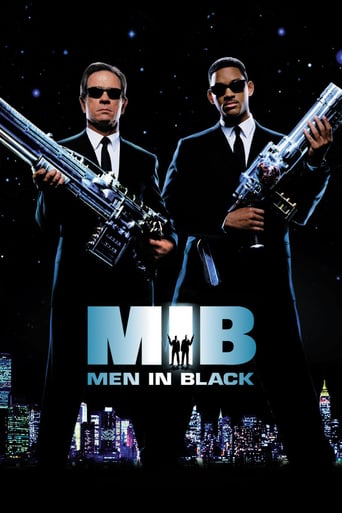The Man from Planet X (1951)
While watching for a planet that may collide with earth, scientists stationed in Scotland are approached by a visitor from outer space.
Watch Trailer
Cast


Similar titles
Reviews
Nice effects though.
A lot of fun.
Very interesting film. Was caught on the premise when seeing the trailer but unsure as to what the outcome would be for the showing. As it turns out, it was a very good film.
It's entirely possible that sending the audience out feeling lousy was intentional
Yes. it came out of the skies; a mysterious spaceship, being watched by Professor Elliot (Raymond Bond), lands in the moors of Scotland. An American reporter John Lawrence (Robert Clark) joins the professor in the investigation of the craft that resembles a diving bell. A distressed humanoid that piloted the craft tries to communicate that he is from a dying planet that desperately needs aid. Very low budget and the lack of lighting actually helps the atmosphere. And the alien is one of the weirdest looking visitors to step on our planet. There is more curiosity than fear generated. This film is directed by Edgar G. Ulmer and independently made and actually distributed by United Artists, no stranger to the genre. Who can't enjoy Black and White sci-fi?Also in the cast: Margaret Field, William Schallert, David Ormont, Gilbert Fallman and Roy Engel. You may recognize Harold Gould as a frightened villager.
A planet is orbiting dangerously close to planet Earth and a mysterious spaceship has landed on the Scottish Moors...Friend or Foe?Breaking it down you find that The Man from Planet X is a standard sci-fi movie that would often be bettered the longer the 1950s boom of sci-fi films continued. However, this is in no way a bad thing given the guile and craft that went into making it a picture of worth.Edgar G. Ulmer and his crew are armed with a $100 budget (exageration of course, but you understand I'm sure) and almost make a silk purse out of a sow's ear. Working with old sets that were used on Joan of Arc (1948), the pic is a lesson in low budget film making of note. Ulmer brings a plethora of fog and mists to cloak the sets, while he shoots his cast in low lights and shadows to ensure his sci-fi tale never has a chance to be found out as a cheapie.As it happens the story is decent enough. Alien visitor from a dying planet needs something, but what? He can't communicate vocally and of course the humans meeting the visitor have different agendas. There's some suspense, a little bit of nutty science, and even some sexual flirtations. All in all a good solid sci-fi picture, one that showcases the unheralded skills of its director. And not even a papier-mâché headed alien can under value that fact. 7/10
As a mysterious planet hurls itself toward earth, an enigmatic extraterrestrial scout arrives on a remote Scottish island with unknown intentions.Edgar Ulmer is not a well-known director. Horror fans may know his "Black Cat", and science fiction fans may know him for this film. But, largely, I think he has been forgotten. And that is a shame because these two films alone make for a solid legacy.Ulmer did set design for Max Reinhardt's theater, served his apprenticeship with F. W. Murnau, and worked with directors including Robert Siodmak, Billy Wilder, Fred Zinnemann and cinematographer Eugen Schüfftan. His work is forgotten but he was a crucial piece of the early German-American film.Sure, "Planet X" is cheesy. Yes, the camera likes to sit behind trees, and it is odd how Dr. Mears is able to walk five feet behind others without being noticed. And sure, they barely spent a penny by re0using the sets of other films. And yes, yes, the Scottish constable is a silly ethnic stereotype. All these things are true. But that is the charm.This film excels because it embraces its cheese and runs with it. Could planets really come that close to earth? Obviously not. And no film would attempt that stunt today. But this was an era when science did not need to be in science fiction to be good. The world was less cynical and more relaxed. Enjoy!
If this film had come out in the mid-50's, it could be dismissed as another low-budget, silly outer space invasion movie. However this movie appears to have been the first of such space invasion movies. It opened in March of 1951. Later that year came the openings of "The Thing from Another Planet" and "The Day the Earth Stood Still." Two other 1951 films, "When Worlds Collide" and "Superman and the Mole Men" have some space invader elements, but don't quite qualify for the genre.The fact that it was shot in six days on a budget of $43,000 makes it more amazing. Compare that to "The Thing From Another World" ($1.6 million) or the "The Day The Earth Stood Still" ($1.2 million). While none of the technical aspects come near those two movies, the movie does have an interesting style and look that foreshadows the 1953 classic "Invaders From Mars" and even has elements from "Invasino of the Body Snatchers".The movie is a little ambiguous about whether we are dealing with unfriendly (a la "The Thing")or friendly aliens (a la "The Day"). It seems a bit schizophrenic here with an alien that can be scary in one scene and downright adorable in another. Not having any prior such movies to really go by, the writers seem unsure in which direction to go.Robert Clark is fine in the lead as a newspaper reporter. Margaret Field (Sally Field's mother) is good as the female love interest. William Schallert (Uncle Martin or Papo on "The Patty Duke Show) stands out as a surprisingly creepy scientific assistant. What really carries the film is Edgar Ulmer's energetic direction. Ulmer ("Black Cat" "Dishonored Lady" and "Detour")always keeps the viewer on their toes, inserting off-beat and unexpected material in nearly every scene. It is a must for film history buffs and others will find it engagingly silly.

